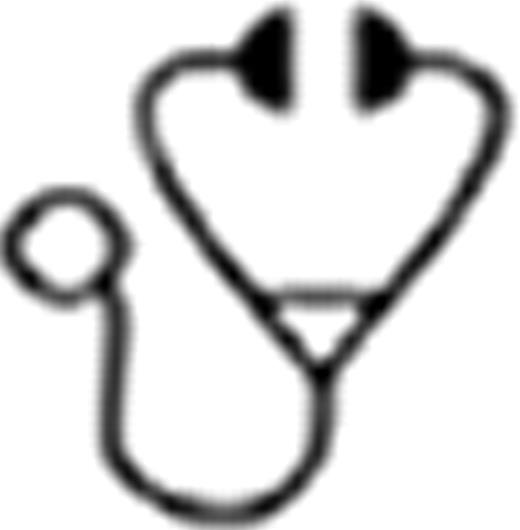Abstract
The revised 2008 WHO classification contains the newly proposed term, “refractory cytopenia of childhood (RCC)”. This term applies to children with myelodysplastic syndrome (MDS), which is characterized by a low blast count. RCC is defined as persistent cytopenia with <5% blasts in the bone marrow and <2% blasts in the peripheral blood. In addition, bone marrow aspirate smears need to show dysplastic changes in >2 cell lineages or >10% within 1 cell lineage. The distinction between RCC and aplastic anemia (AA) is normally difficult to make, especially when the bone marrow is hypoplastic and no chromosomal abnormalities can be detected. The spectrum of patients defined as having RCC is quite wide. Cases range from patients with severe hypocellular marrow and mild dysplasia in hematopoietic cells to patients with normocellular marrow and severe dysplasia that meets the criteria of refractory cytopenia with multilineage dysplasia (RCMD) in adult MDS. However, there are few studies that have focused on the difference between these two diseases.
Therefore, in order to determine the specific clinical differences between AA and RCC, we retrospectively reviewed bone marrow samples of 117 bone marrow failure syndrome children (males: 69, females: 48) who were administered the same immunosuppressive therapy (IST) with antithymocyte globulin (ATG) and cyclosporine. These patients were classified into AA, RCC and RCMD groups. AA patients exhibited no morphologically dysplastic changes in any of their hematopoietic cell lineages, while RCC patients had <10% dysplastic changes in >2 cell lineages, or >10% in 1 cell lineage. Patients classified as RCMD exhibited >10% of the dysplastic changes in >2 cell lineages. In accordance with the internationally defined criteria for AA, patients were further subdivided on the basis of severity, with 26 classified as non-severe, 35 as severe and 56 as very severe. At the time of initial presentation, 16 patients had a history of acute hepatitis, while one patient had the chromosomal abnormality 49,XY,+8,+16,+18.
Out of the 117 patients enrolled, 58 (50%) were classified as AA, 47 (40%) as RCC and 12 (10%) as RCMD. AA and RCC patients tended to exhibit severe hypoplastic bone marrow cellularity, while the RCMD patients were normal or only exhibited mild hypoplastic marrow. The median ages in the AA, RCC, and RCMD groups were 9, 8 and 10 years, respectively. While most of the patients in the AA group (73%) had very severe disease, more than half of the RCMD patients (58%) only had non-severe disease (p<0.001). New chromosome abnormalities were detected in six patients in the AA group (monosomy 7: 4 cases, trisomy 8: 1 case, and 45,X,-X: 1 case), in one patient in the RCC group (46,XX,add(1)(q32),del(13)(q?),del(15)(q?)), and in four patients in the RCMD group (trisomy 8: 3 cases, monosomy 7: 1 case). Cumulative incidence (CI) of clonal evolution at 8 years was 10.9±4.2% in AA, 2.2±2.2% in RCC and 35.7±14.6% in RCMD (p=0.003) (Figure 1). At 6 months after IST, the response rates were 65% in AA, 70% in RCC and 58% in the RCMD group. Failure free survival (FFS) and overall survival (OS) rates at 5 years were 64.1±6.5/94.8±2.9% in AA, 60.4±7.3/97.9±2.1% in RCC and 56.3±14.8/100% in the RCMD group, respectively. A second therapeutic intervention was required in some children, with a second IST performed in eight children (3 in AA and 5 in the RCC group) and hematopoietic stem cell transplantations performed in 25 children (14 in AA, 9 in RCC and 2 in the RCMD group).
Since the RCMD group exhibited a significantly high CI for clonal evolution, this suggests that the RCMD criteria should be applied to childhood MDS. However, the FFS and OS rates did not differ among these three groups. Thus, in order to definitively determine whether these three diseases are different entities, it will be necessary to use newly developed methods, such as whole exome analysis, to prospectively compare the clinical outcomes and biological findings in a larger number of the AA, RCC and RCMD patients.
No relevant conflicts of interest to declare.

This icon denotes a clinically relevant abstract
Author notes
Asterisk with author names denotes non-ASH members.

This feature is available to Subscribers Only
Sign In or Create an Account Close Modal